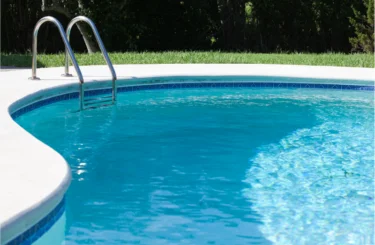
Stryker Hip Implants Continue to Fail, Causing Patients Unnecessary Pain and Injury
Stryker’s Rejuvenate hip implant was intended to be an alternative to suspect metal-on-metal devices, incorporating ceramic and plastic bearing surface components in a modular, custom-fit hip replacement offering a better range of motion for younger patients. Nevertheless, the metal surfaces in the neck and stem have been proven to corrode and fret, causing metallic debris to come loose and damage surrounding tissues and bone.
Like the bones that comprise one’s hip, implants are designed around a ball and socket configuration. Known problems in metal-on-metal designs prompted various manufacturers such as Johnson & Johnson’s DePuy division, to issue recalls of some of their products due to excessive wear between the ball and socket, leading to tissue damage, metal poisoning, pain, limited mobility, hip joint failure, and bone disintegration. An estimated 500,000 patients received these hip implants, and because of the high rate of failure, many have sought damages in court.
Rejuvenate was supposed to be different, but in the end, the results have been disappointingly similar. Approved for sale in the U.S. in 2008, the device was implanted in an estimated 20,000 patients before Stryker issued a recall in July 2012 that also included its ABG II product, another modular stem design. Typically, hip implants are expected to last 15 to 20 years, but some Rejuvenate patients have suffered failure less than two years after being implanted.
If you have a Stryker Rejuvenate and ABG II device or any type of hip implant and are experiencing difficulties with pain or mobility, the law gives you only a limited window of time to pursue your legal rights. Depending on your circumstances, you may be entitled to compensation for pain and suffering, medical expenses and other economic losses – please call Sommers Schwartz attorney Rob Sickels at (248) 355-0300 for a free consultation about your situation.
Robert B. Sickels
For more than 30 years, Robert Sickels has successfully represented plaintiffs involved in complex personal injury, medical negligence, and products liability matters.





